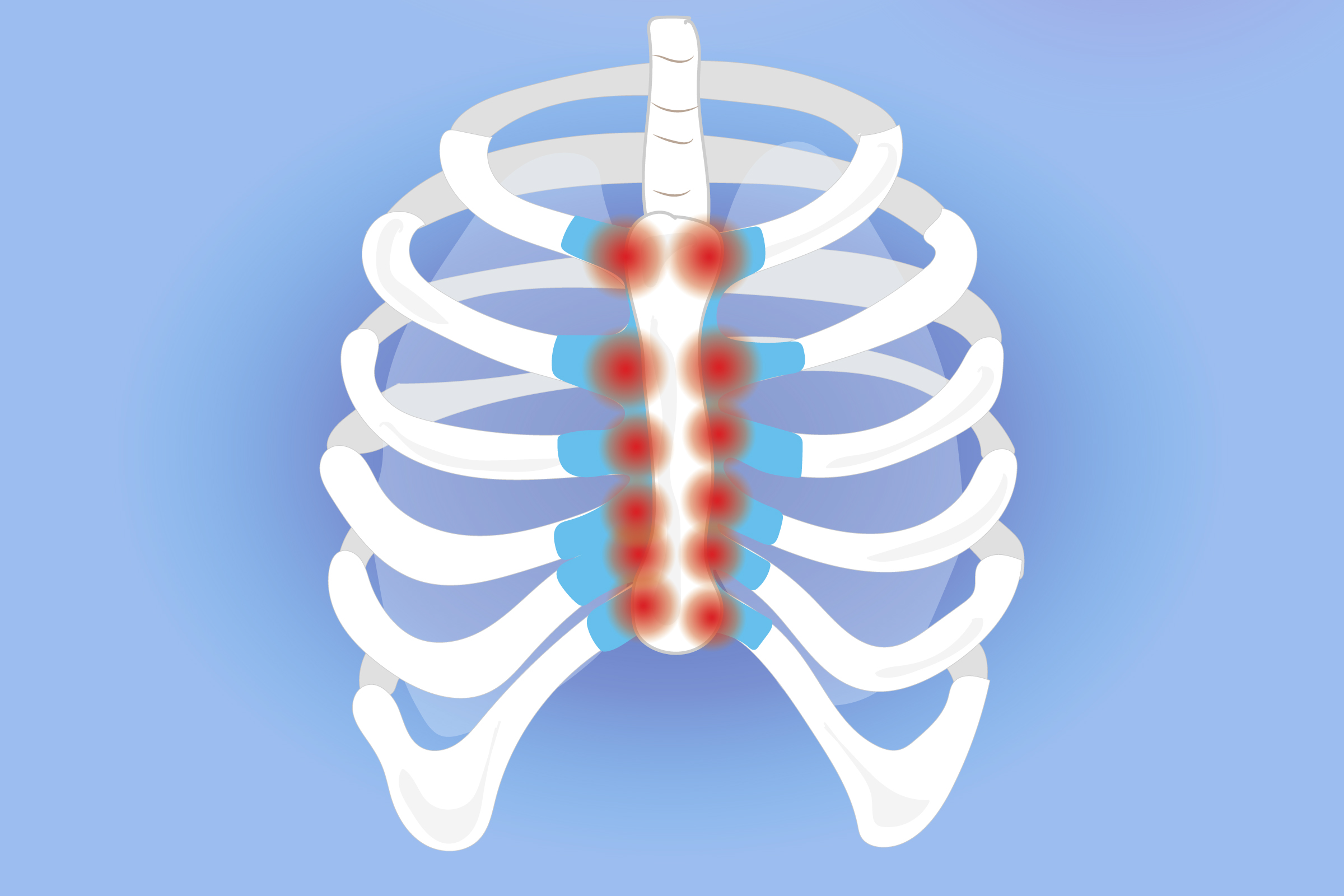
#Right upper chest discomfort full
All full blood and biochemical tests were within normal limits except for mild hypochromic anemia (Htc = 38%), a moderate neutrophilic leucocytosis, and elevation of C-reactive protein (CRP = 18.9 mg/L). An abdominal Computed Tomography (CT-scan) further revealed small cortical cysts on his left kidney as well as a tiny calculus in the middle calyx of the same kidney. Three months ago, he underwent colonoscopy for abdominal discomfort and investigation of chronic microcytic anemia which proved to be due to diverticuli in descending colon and sigmoid. His past medical history included an operation for inguinal hernia 15 years ago. The patient had been a farmer for all previous years. He was admitted to hospital because of presence of an irregular rather compact elongated shadow in the right upper zone of his chest X-ray. This is about a 76-year-old heavy smoking male patient who presented with a history of 4-day duration of fever, cough, and purulent sputum. We further attempt to enrich the relevant literature by focusing on the diversity of anatomic locations of TO. Also, to the best of our knowledge, there have been only two cases in literature where a solitary nodule of TO was reported: one was confined to the RUL bronchus and the other to the right subsegmental (B3b) bronchus. The particularity about this case is the presence of these nodules exclusively along the whole length of the right main bronchial mucosa, without involvement of the trachea. We report the case of a male patient, who was investigated for a compact lesion in his right upper lobe (RUL) zone and eventually diagnosed to have lesions of TO only in his right main bronchus. The vast majority of cases of TO are only diagnosed at autopsy having been asymptomatic during life. Cases of TO are extremely rare in childhood or may have a familial incidence. Few isolated cases of a single solitary nodule amenable to cartilaginous protrusion of the same pathology as in TO have been reported in lobar or subsegmental bronchi, being causes of atelectasis or pneumonia. It can more rarely cause tracheal stenosis resulting in difficult intubation of the patient. Clinical presentation is variable, ranging from complete lack of symptoms to cough, hemoptysis, breathlessness, or recurrent chest infections. It is an idiopathic, nonmalignant condition characterized by the presence of submucosal cartilaginous or osseous nodules overlying the cartilaginous rings of the large airways. Tracheobronchopathia osteochondroplastica (TO) is an uncommon disorder that was first described in the middle of the 19th century and has a higher incidence in northern Europe. Case is reported because, to our knowledge, it represents a unique anatomic location of TO which was confined exclusively in the right main bronchus mucosa without affecting trachea.

This finding posed the diagnosis of TO while RUL lesion was cleared by antibiotic treatment. Biopsy from the mucosal nodules of right main bronchus showed presence of cartilaginous tissue in continuity through thin pedicles with submucosal cartilage. Moreover, brushing and washing smears from the apical segment of right upper lobe (RUL), where the compact lesion was located, were negative for malignancy. No other abnormal findings were detected. Bronchoscopy showed normal upper airways and trachea but presence of unequal sized mucosal nodules, protruding into the lumen, along the entire length of the right main bronchial mucosa. Chest CT revealed a compact elongated lesion containing air-bronchogram stripes.

Medical history included diagnosis of colon diverticuli identified by colonoscopy 3 months ago. We describe a case of 76-year-old patient who presented with fever, cough, purulent sputum during the past four days, and presence of an ovoid shadow in right upper zone of his chest X-ray. Tracheobronchopathia osteochondroplastica (TO) is a well documented benign entity of endoscopic interest.


 0 kommentar(er)
0 kommentar(er)
